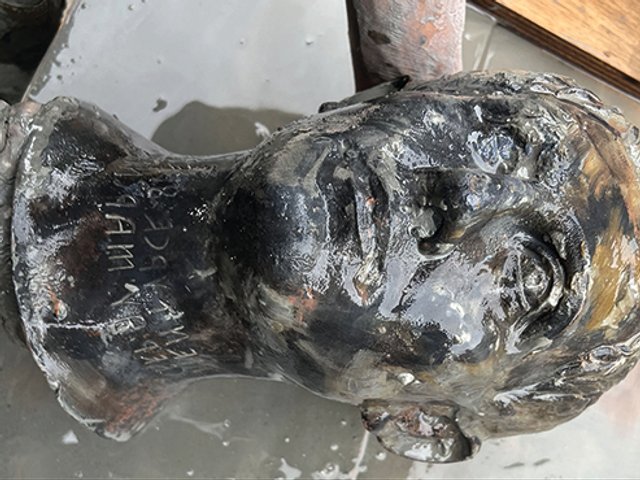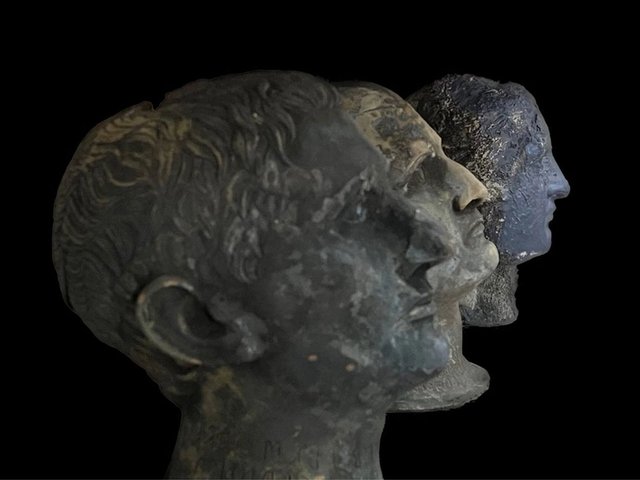Archaeologists in Tuscany have discovered a sixth-century BC stele that could help unlock the mysterious language and culture of the Etruscans. The sandstone slab, which measures more than a metre long and weighs more than 200 kilos, was embedded in the foundations of an ancient temple at Poggio Colla, northeast of Florence. The stele bears an inscription containing at least 70 legible letters as well as punctuation marks, making it a rare document of a pre-Roman language that scholars have yet to decipher.
The Etruscan civilisation occupied central Italy between around 800BC and 200BC and had a profound impact on Roman art and culture. But beyond short funerary inscriptions with names and titles, few written records survive. Gregory Warden, the founder and co-director of the Mugello Valley Archaeological Project, which unearthed the stele, says in a statement that the text was probably sacred and “will be remarkable for telling us about the early belief system of a lost culture that is fundamental to Western traditions”.
“We know how Etruscan grammar works, what’s a verb, what’s an object, some of the words,” Warden says. “But we hope this will reveal the name of the god or goddess that [was] worshipped at the site.”
The stele, which is worn and chipped, will be cleaned and laser scanned by experts from the University of Florence and the Tuscan Archaeological Superintendency. The text will be studied by Rex Wallace, a Classics professor at UMass Amherst, Massachusetts, and a specialist in the Etruscan language.
But Italian press reports comparing the discovery to the celebrated Rosetta Stone in London’s British Museum, which enabled 19th-century scholars to understand ancient Egyptian hieroglyphics, may be premature. Unlike many of the known funerary texts in Etruscan, the stele’s inscription does not appear to have structures parallel to Greek, Latin or the other languages of ancient Italy, Wallace says. “That means the text will be more difficult to make sense of, so how much significance the inscription will have for our knowledge of Etruscan remains to be determined.”



